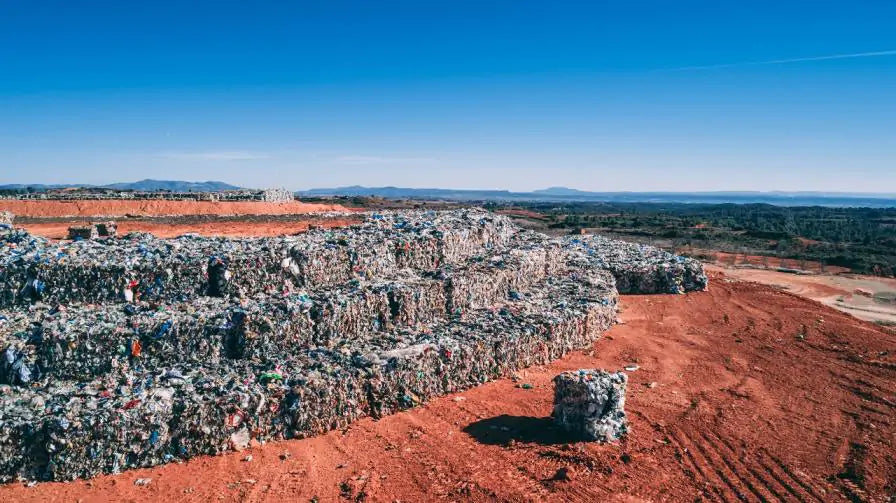Why not add these to compliment your wheelie bins?
Your basket is currently empty.
Shop NowWe guarantee to have the lowest price! Find the same bin for a cheaper price and we will beat it!

Landfill sites are often portrayed in a negative light, so the stories that surround them tend to be pessimistic in their nature; sometimes questioning their long-term viability and other times their negative impact on the environment. But how much do we really know about them? Who runs them? How do they operate? What becomes of them once they are full? It’s time to answer those questions and take a look at a typical, UK landfill site.
A landfill site is a carefully designed area of land, where waste is deposited and buried into the ground. It is either run by a local authority or private contractor, who are regulated by the government’s Environment Agency. Some of the UK’s most famous sites have included Greengairs, in Scotland; Packington, in the Midlands; and Mucking Marshes, outside London.
Within a site, waste is put into specific areas, which are called ‘cells’. As one is being filled, another is prepared; whilst a further cell is restored, perhaps to be put to agricultural or conservational use.
Waste is tipped onto the ‘working face’ of a cell, before being spread out and compacted into layers by a purpose built compacting machine. At the end of the day, the top of the waste is covered by a final layer, fittingly known as the ‘daily cover’. This final layer usually consists of soil.
The cells where the waste is deposited are lined with clay or plastic, which is in place to prevent contamination of the surrounding soil and water, although it should be noted that any man-made protection will inevitably become less efficient over time. The cells are particularly designed to combat leachate, which is the liquid produced when water mixes with waste. This is done by drilling holes, lined with pipes, into the waste. Pumps are then fitted into the holes to send the leachate to onsite storage tanks, before it is transported to suitably licenced disposal facilities.

The gases produced in landfill include the greenhouse gases, carbon dioxide and methane, which is emitted by decaying organic matter; as well as others, which might endanger people or risk an explosion. Therefore, some landfill sites are fitted with gas control systems, in order to reduce air pollution. These systems also work by drilling holes into the waste and lining them with pipes. In turn, they are connected to a central gas pump, which sucks out the gases. They are then burnt, so as to minimise their environmental impact. Where possible, though, gases will instead be used to produce electricity for the National Grid.
So, what happens to a site once it is full? Firstly, a cap is placed on top of the rubbish. This is made out of compacted clay, which is waterproof and prevents smells and gases from escaping. The cap is then topped with soil, before being planted with grass and trees. The relevant local authority assumes responsibility for the site and, together with the Environment Agency, closely monitors it for leachate and gas. This period of ‘aftercare’ is certainly welcome, for the potential danger posed by some of the waste will never disappear.